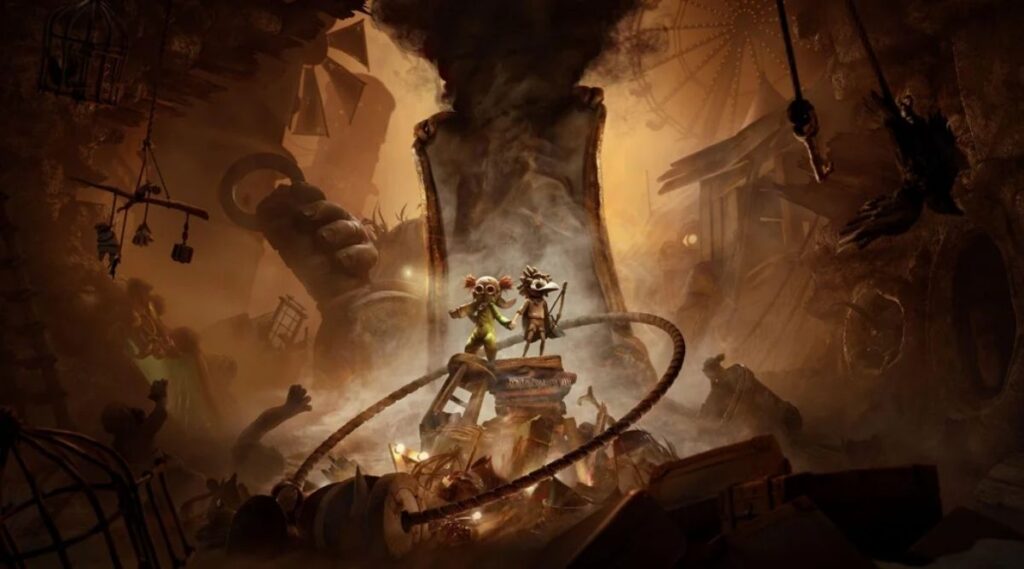Little Nightmares, the horror series by Bandai Namco, has always done a great job giving a peek inside the imaginative mind of a child. It’s back now in Little Nightmares 3, this time being developed by Supermassive Games. Stepping away from Six, the yellow raincoat-wearing child from the first two games, we now follow two new children as they escape unimaginable horrors. With threads connecting 3 to the greater Little Nightmares world, it also tries to chart its own path. Even if that path tends to feel formulaic.
Alone and Low wake up in a desert ruin within the Nowhere. Each is wearing a mask, and each has a tool. One a bow, the other a wrench. With little clue as to what to do, they explore. The eeriness is quickly broken by a massive baby doll missing hair that begins to hunt them down as new playthings. This is only the beginning of Alone and Low’s journey of survival through various horrific settings, containing new threats that will push this unlikely duo’s ability to work together and survive this hell alive.
What Little Nightmares games do well is take childhood fears and crank them to their extreme. Little Nightmares 3 is no exception. Plus, the connection between Low and Alone is full of great twists. However, what is odd is how the game handles its story. With its focus on co-op while still allowing single-player playthroughs, the story feels imbalanced in how it gives each of the two leads their time to shine.
Low and Alone’s journey through the Spiral is non-stop and tense.
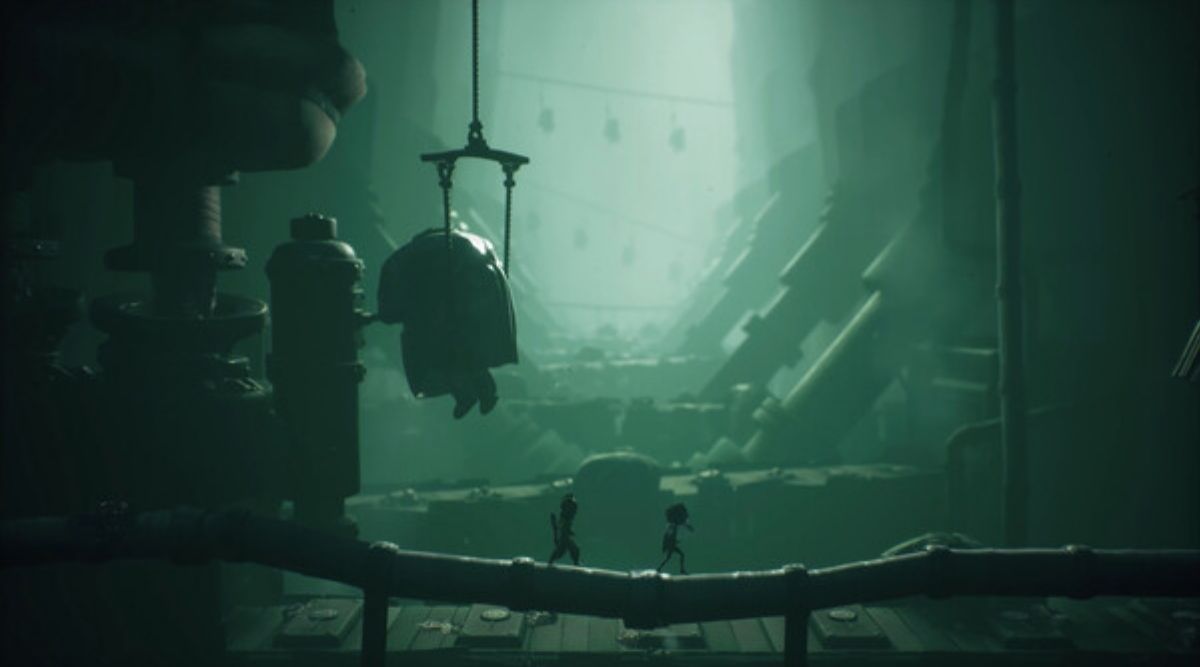
The overall story tends to focus more on Low than Alone. Choosing to play as Alone for a solo player playthrough, the game’s reveals tended to leave Alone in the dust. Like all efforts made by Alone were kind of just as a side character when featured so prominently and so equally as Low.
Their journey through the Spiral is non-stop and tense. Supermassive Games does a great job of continuing Little Nightmares’ environmental storytelling efforts, particularly by building on mysteries that were introduced in previous games. Specifically, what adults are actually like in this world.
Alternatively, building a game based on jumping through mirrors to find a safe haven in the Spiral does lead to the levels feeling disjointed. Little Nightmares is a massive world, and each game offers new glimpses of it. However, there are now four levels with disconnected looks that lack cohesion in terms of why these areas were chosen to build on childhood fears, beyond simply stating that “we haven’t done this idea yet.”
Little Nightmares 3 expands the universe and lore of the games.

The third and fourth chapters address this problem and significantly expand the horrific world. Both feel like treats for those who love this universe. Just don’t expect too much in terms of clear, direct connections to prior games. There is enough to feed theorists for a while about potential power plays. If you are familiar with previous games, you’ll love finding certain items in the different chapters. This is especially true if you look at the older games’ achievements and what these items’ appearances may imply.
Unlike 2, Little Nightmares 3 leans heavily into the two characters by making the game co-op. You can still play solo, but in doing so, you are forced to play exclusively as one of the two characters. That choice is locked in for the entire playthrough. For the most part, they each feel the same with one distinct difference: their weapon.
Both Low and Alone have an object with them to help them on their journey. Low has a bow, which can cut rope and shoot flying enemies. Alone has a wrench that can crank bolts and smack enemies on the ground. If playing solo, you do have some control over the AI partner. One button will have the controlled child yell for the AI one. If something is nearby that they can interact with, they will. Some fun minigames come from this level of control.
Playing in single player leaves you waiting for the AI a lot.
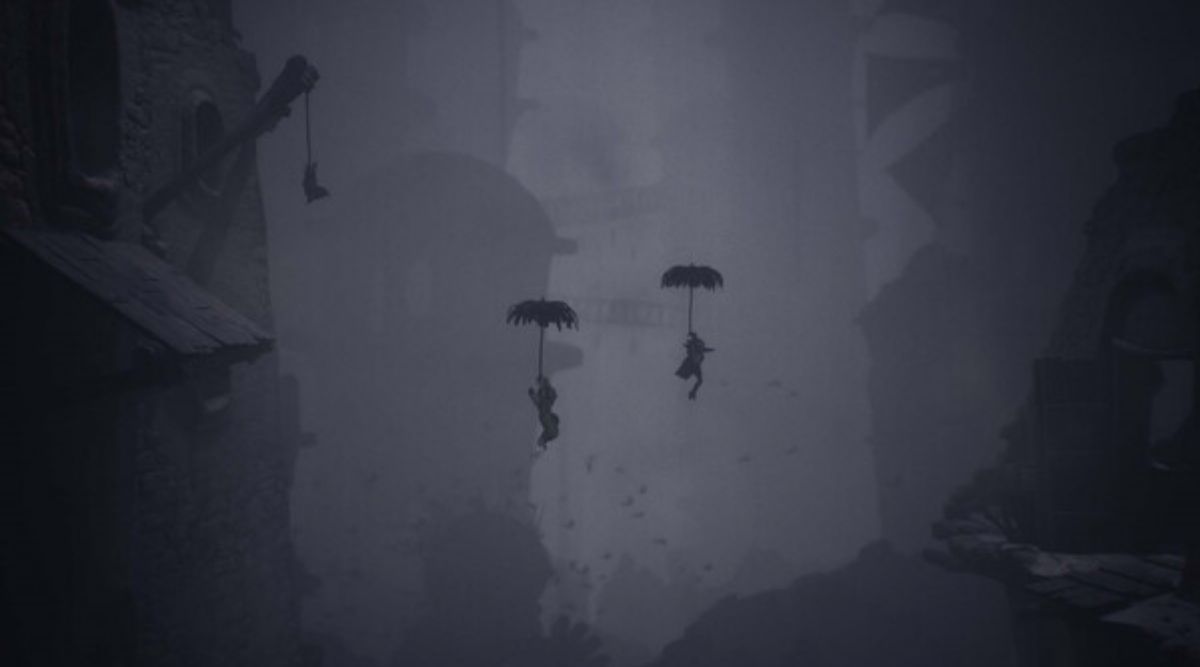
But there is also a downside. Some segments of each level must be completed by one of the two children. They may work together to set something up, but one character must execute it. Whoever remains is left sitting there, waiting to be helped, while the active one completes a small segment.
It’s hard to imagine how these portions are fun when playing co-op. They definitely weren’t when playing solo, as you’re left standing there, waiting for the NPC to get you. Thankfully, those segments are few and far between. This also creates fun puzzles that require you to consider every resource available to you, with both children.
Similarly, the combat is also not that intriguing. Little Nightmares shines when it leans into the helplessness of the children in these scenarios. The series has dabbled with combat in the past, but it’s definitely more utilized here. It’s very clear when you are about to start a combat section. You enter a large room, primarily featuring multiple entrances located high up. And after a moment, you’ll then be approached one at a time by the mini foes of that level.
Little Nightmares 3 quickly becomes too formulaic.
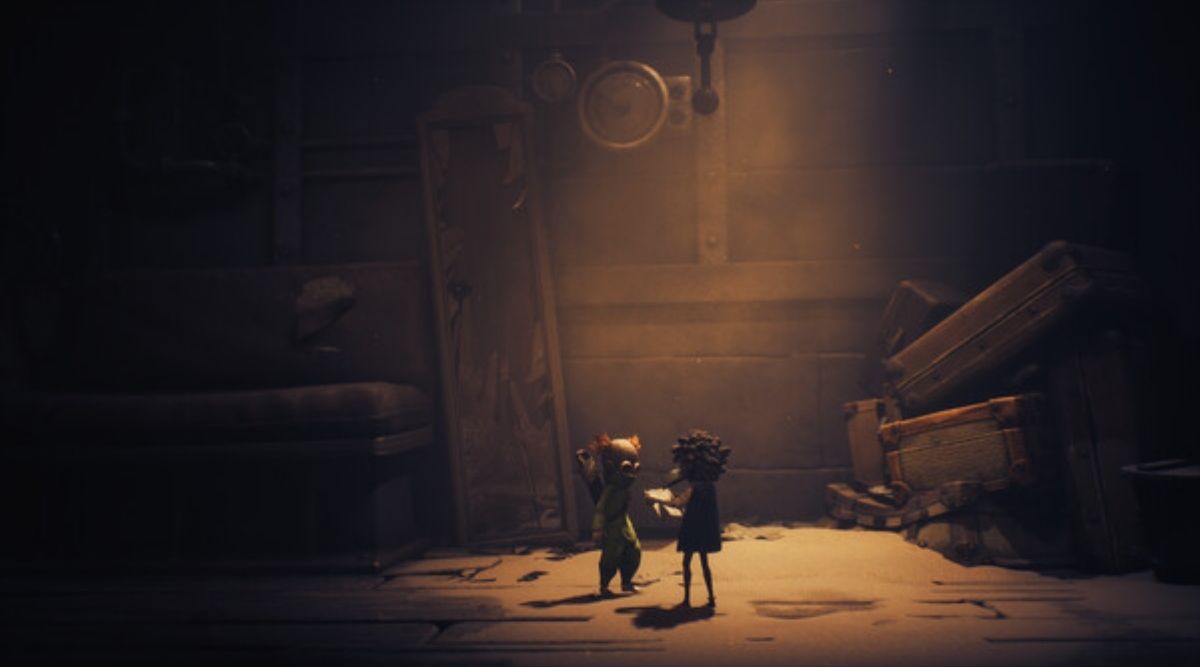
It then becomes a dance of Alone keeping their distance while Low hits the enemies with their bow. Then, Alone comes in with the wrench to finish them off. Rinse and repeat until they stop getting swarmed. While these little guys aren’t scary, the big bad of each level is.
Notably, the later levels feature terrifying monsters that fit so well into this world. I just wish they were more prominent in their chapters and didn’t have pretty clear entrances and exits. In other words, you’ll feel too safe at times.
This leads into Little Nightmares 3’s biggest issue. It’s too formulaic. Each chapter plays out the same. They have different puzzles and ways to explore, but the total package of the chapter is the same. And once you start recognizing it, the stress quickly dissipates. The enemies having clear exits and entrances does the rest of the wonderfully grim levels wrong by not having a base tense level that should come with it.
You’re clearly presented with an objective in each room. Many are just mechanically empty, but the ones that aren’t are fine. The rooms that feature the big bad are great, yet simple. Finding ways to reach the objective and move on, the main brunt of puzzles in the game, is terrifying.
Little Nightmares 3’s designs are some of the best in the series.
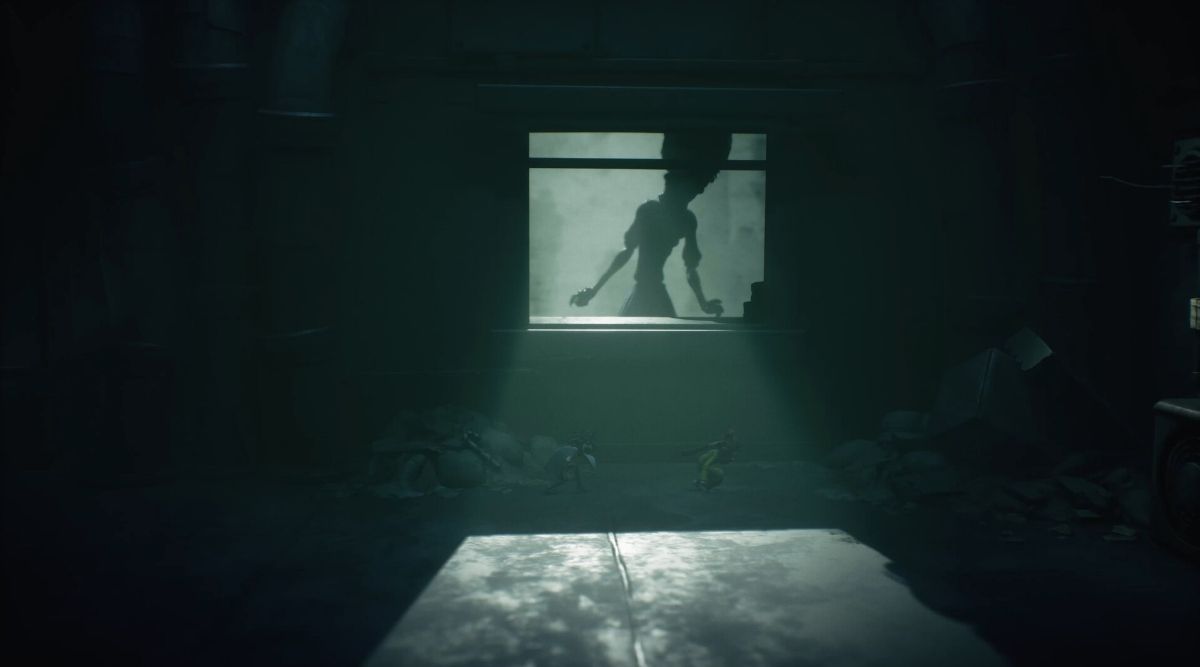
Each level pushes you to try new things while fearing for Low and Alone’s lives. But again, that feeling ebbs and flows with each run-in with the evils. When you reach safety, you’re safe. There’s no prolonged stress or feeling of a false sense of peace. In other words, the blending of threats and progression is sorely lacking.
Little Nightmares 3’s designs are some of the best in the series. They’re grotesque. They each have a grand mystery that builds up the overall world of Nowhere. And they’re all fun to explore, when you’re able. Secrets are everywhere.
Even though a significant portion of each level isn’t stressful, if you like the Little Nightmares series, you’ll love what the hidden nooks and crannies add to it. If you feel safe to explore, there are still some grim revelations that build on the levels themselves and the growing narrative of Nowhere. A growing fear of you possibly stumbling on the next appearance by something horrific.
Little Nightmares 3 improves, in many ways, what makes Little Nightmares so beloved. It’s terrifying and reimagined childhood fears in their extreme forms. But the game quickly feels formulaic. Its transition to co-op also tends to reduce the overall experience for solo players due to the slow AI of the partner. It gives the character left behind little to do while waiting. While still lacking in several areas, Little Nightmares 3 is a fine entry in the series.
Little Nightmares 3
-
Rating - 6/106/10
TL;DR
Little Nightmares 3 improves, in many ways, what makes Little Nightmares so beloved. But the game quickly feels formulaic.

